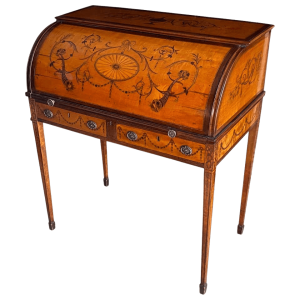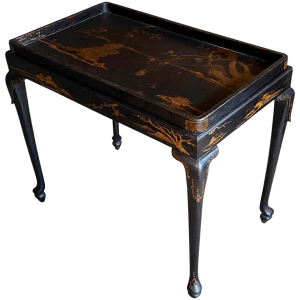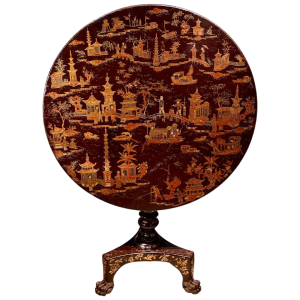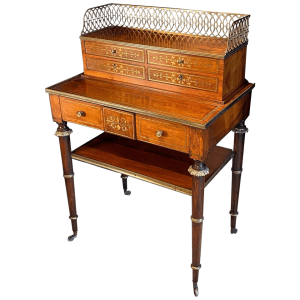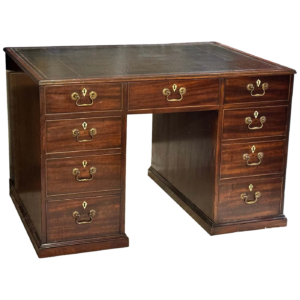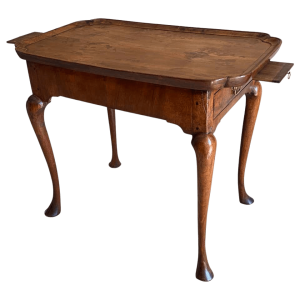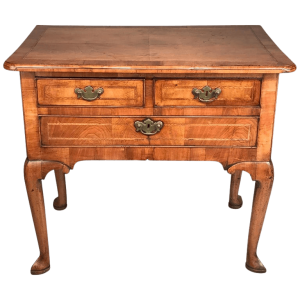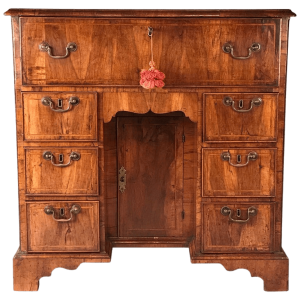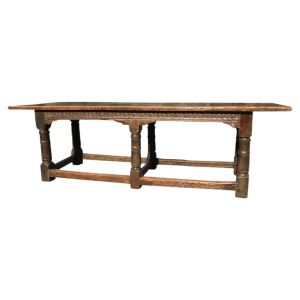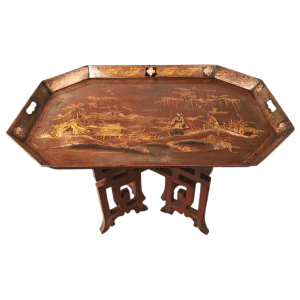Tables
From the age of oak through to the Regency
Box House Antiques currently have an oak refectory table dating from the 17th century, and quite a selection of antique tables from the eighteenth century, through William and Mary, Queen Anne, the Hanoverians up to and including the Regency. After the accession of Queen Victoria, until 1900, most tables appear as copies of earlier periods. Very few antique tables were signed or stamped. We have to rely on original correspondence and surviving invoices for authentication. However you may encounter makers’ stamps on metalwork or directly in the wood, especially after 1800. We have to go a long way back to the ancient Chinese, and then the Romans, to find the first general use of 'a table' in their pursuit of genteel living or religious practices. It was not until the early middle ages that tables became common. Before that time most simply sat on the floor; this soon developed into raised planks and stools for the upper classes becoming commonplace by ca 1300. Almost all antique tables and antique stools were constructed by estate carpenters using the abundantly available ancient oaks, some 1000 years old. Many very early tables have their origins in Monastic refectories. By about 1500 tables began to become desirable social items, some carved, painted and generally upgraded from their simple origins. You may be lucky enough to find evidence of a carved date, although most will be spurious. 'Dating' and adding initials became popular from ca 1600 to 1800. By around 1660 and the return from exile of Charles II, continental fashions were promoted in England, together with cabinet makers to replace joiners. You will find some early oak pieces below although the majority of antique tables will date from ca 1600 onwards. 'Gillows' would be the most encountered with many mechanical pieces such as folding tables stamped with a patent. Always beware, signatures and stamps are easily faked. ''Attributed to…’’ can also be misleading, and these 'magic' words have become very fashionable in the last 30 years especially with newly emerged auction houses. Examine any auctioneer's catalogue pages of small print.



